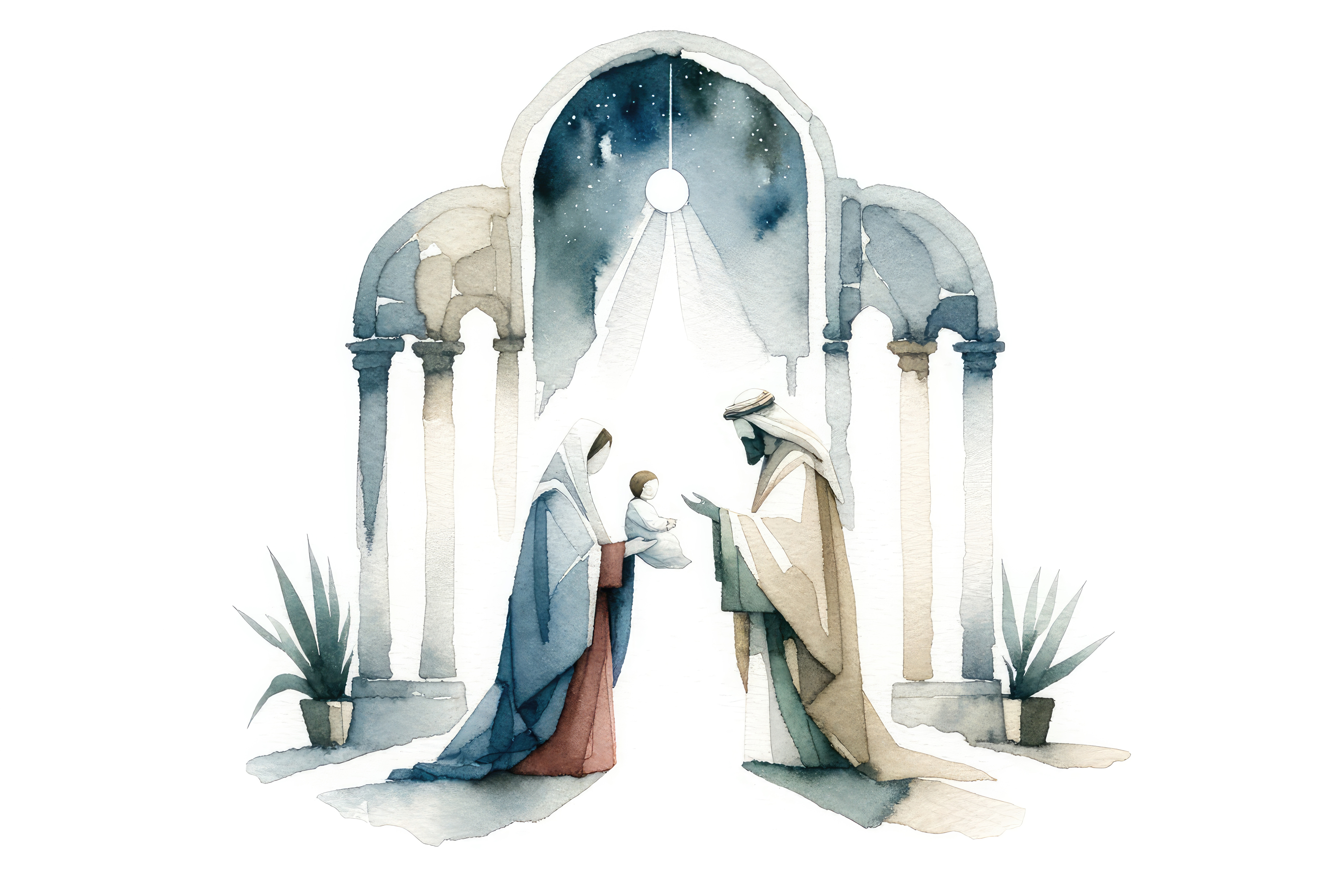
A Genealogy You Don’t Want to Skip
Published December 21, 2023
Genealogies, Levitical laws, and Old Testament prophecy are the Bermuda Triangle of Bible reading plans. Many eager readers soar through Genesis, encounter turbulence halfway through Exodus, then crash land somewhere between Leviticus (a ship graveyard in its own right) and Ezekiel. Our present focus is genealogies, or rather a particular genealogy, found in Matthew 1:1-17. It is the genealogy of our Lord Jesus Christ, immediately preceding the narrative of His birth. Like other biblical genealogies, it is frequently skipped or skimmed over, but we do so to our own detriment. There are precious gems to be mined from these seventeen verses. In this post, we will consider just one element of this genealogy and see what jewels await.
One unusual feature of this genealogy is its inclusion of four women (five if you count Mary, the mother of Jesus). These women are Tamar, Rahab, Ruth, and Bathsheba (referred to as “the wife of Uriah”). I don’t have the space to recount each woman’s history, but if you would like to revisit their stories, see the following passages: Tamar (Genesis 37); Rahab (Joshua 2; 6; Hebrews 11:31); Ruth (Ruth 1-4); Bathsheba (2 Samuel 11-12). Women are mentioned occasionally in Old Testament genealogies, but the cluster of four women, especially these particular women, in such a short space is conspicuous. Given that other aspects of Matthew’s genealogy show intentionality (such as excluding certain names to arrive at three groups of fourteen generations [v. 17]), it is likely that the inclusion of these women serves a particular purpose as well. In this post, I will suggest three theological truths about Christ’s coming that can be gleaned from the mention of the four women. Jesus takes away shame, works through redeemed sinners, and brings salvation without distinction.
Jesus takes away shame
The stories of these four women share one thing in common: shameful circumstances, followed by redemption. One of these women pretended to be a prostitute. One actually was a prostitute. Ruth carried shame from being both a Moabitess and a widow. David committed adultery with Bathsheba then subsequently murdered her husband. Matthew goes out of his way to draw attention to these circumstances by referring to Bathsheba as “the wife of Uriah.” Yet in each case, there is redemption and removal of shame. This reminds us that Jesus came to take away our shame. He endured public humiliation as he was mocked, spit on, stripped of his garments, beaten, etc. He “endured the cross, despising the shame” (Heb. 12:2) on our behalf, and “whoever believes in Him will not be put to shame” (1 Pet 2:6). If you are in Christ, He has removed your shame. Your past sins no longer hang over your head, but have been removed from you as far as the east is from the west. No one wears a scarlet letter in the kingdom of God.
Jesus works through redeemed sinners.
It is remarkable that God uses sinners in his plan to accomplish salvation for sinners. In Genesis 3:15, God tells the serpent, “I will put enmity between you and the woman, and between your offspring and her offspring; he shall bruise your head, and you shall bruise his heel.” There is a stunning irony in this promise that can only come from the infinite wisdom of God. God not only promises a savior, but this savior is to come through the very same human race that Satan has corrupted. In the stories of the four women highlighted in Matthew’s genealogy, we see Genesis 3:15 lived out. Satan continually attacks the Messianic line, yet not only does God always preserve it, but He uses the very sin brought against it to accomplish His purposes. God doesn’t just bring Jesus into the world despite the union of Judah and Tamar, or David and Bathsheba, but through it. In all four cases, God used sinners to glorify Himself. The encouragement to Christians is this: If humanity’s worst failures are the very means that God uses to bring the Savior into the world, then how much more so will He use redeemed sinners to accomplish His purposes. God has redeemed a people for Himself, and He is using them to carry out His plan of salvation by spreading the gospel throughout the world, until the earth is “filled with the knowledge of the glory of the Lord as the waters cover the sea” (Hab. 2:14).
Jesus brings salvation without distinction.
Matthew’s gospel culminates in the Great Commission, in which the disciples are commanded by their Lord to “make disciples of all nations.” This theme—a plan of salvation worldwide in its scope—is developed throughout the book of Matthew. Perhaps the mention of these four women is the first rung in that ladder, as at least three of the women were Gentiles (and possibly Bathsheba). Their names remind us that Jesus has demolished the dividing wall between Jew and Gentile, and all who are in Christ are equal members of one body.
Furthermore, these four women are in fact women. Modern readers take for granted that in ancient times, women were considered inferior to men and lacked any rights of inheritance (and most rights, for that matter). Yet in Christ, women are equal to men (Gal. 3:28) and are joint heirs of an eternal inheritance (1 Pet. 3:7). “There is neither Jew nor Greek, there is neither slave nor free, there is no male and female, for you are all one in Christ Jesus.” (Gal. 3:28).
Conclusion
This Christmas season, as we reflect on the birth of Christ, let us not neglect the significance of His lineage. Even the smallest details, such as the inclusion of four women in Matthew’s genealogy, teach us important truths about Christ’s first coming. Jesus takes away shame, works through redeemed sinners, and brings salvation without distinction.
Merry Christmas!




0 Comments